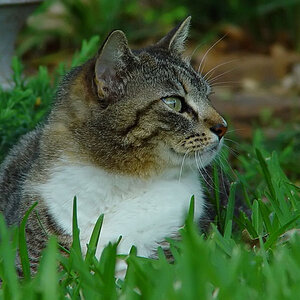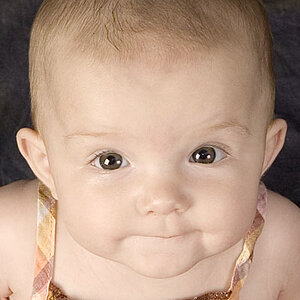lordfly
TPF Noob!
- Joined
- Feb 1, 2010
- Messages
- 114
- Reaction score
- 0
- Location
- Monroe, Michigan
- Website
- www.flickr.com
- Can others edit my Photos
- Photos OK to edit
So my Canon XTi came with a single lens, the kit lens. an 18-55 non-IS lens.
Either I have Parkinson's, the lens is crap, or I'm holding the camera wrong.
I went to the zoo today. Lots of opportunities for shots of wildlife. Even taking into consideration the distance from the animals (can't zoom in terribly far with a 55mm lens), you'd think I'd be able to get at least... I dunno, a few shots that weren't completely blurry.
You'd be wrong. Any shot of an animal is, essentially, a blurry mess.
Perhaps my settings are messed up? If you're just shooting pictures of wildlife, what aperture setting should I be tooling around with? The camera was set on Aperture Priority mode, set around f/8.0 most of the day.
Another thing; inside the exhibits, even with ISO 1600 on, exposure times ranged from 1/5 to half a second. I've found that if my camera is hand-held at those shutter speeds, the pictures are nigh-on worthless. And, sure enough, loading up the pics today confirm that.
So, what's the correct way to hold the camera? Maybe I just need to learn to balance better or something. Or breathe less. Or both.
I'm so frustrated right now. A nice day at the zoo, ruined because it looks like beer goggles got into my camera.
Either I have Parkinson's, the lens is crap, or I'm holding the camera wrong.
I went to the zoo today. Lots of opportunities for shots of wildlife. Even taking into consideration the distance from the animals (can't zoom in terribly far with a 55mm lens), you'd think I'd be able to get at least... I dunno, a few shots that weren't completely blurry.
You'd be wrong. Any shot of an animal is, essentially, a blurry mess.
Perhaps my settings are messed up? If you're just shooting pictures of wildlife, what aperture setting should I be tooling around with? The camera was set on Aperture Priority mode, set around f/8.0 most of the day.
Another thing; inside the exhibits, even with ISO 1600 on, exposure times ranged from 1/5 to half a second. I've found that if my camera is hand-held at those shutter speeds, the pictures are nigh-on worthless. And, sure enough, loading up the pics today confirm that.
So, what's the correct way to hold the camera? Maybe I just need to learn to balance better or something. Or breathe less. Or both.
I'm so frustrated right now. A nice day at the zoo, ruined because it looks like beer goggles got into my camera.




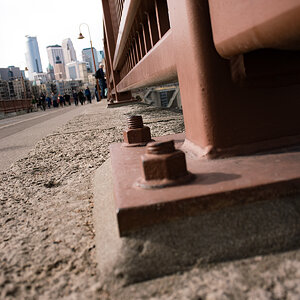
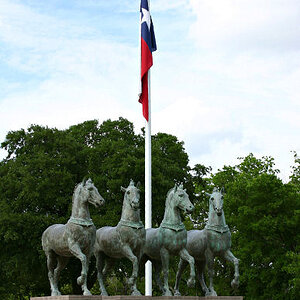

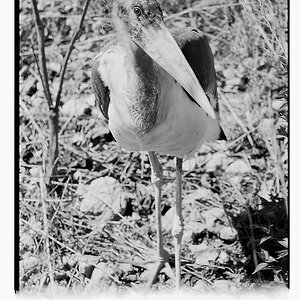
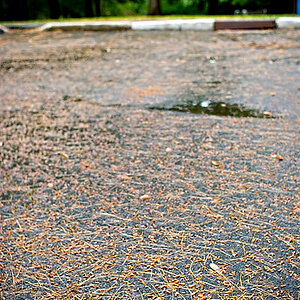
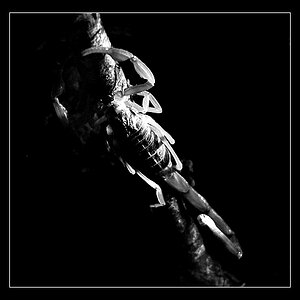
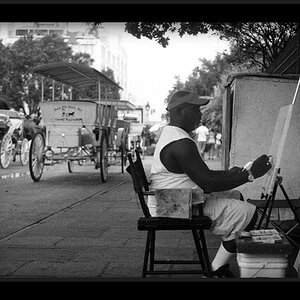
![[No title]](/data/xfmg/thumbnail/42/42023-bdd979ff50e78cc28479297780caeb90.jpg?1619739981)
